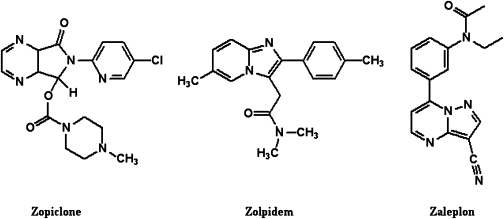Zopiclone is a widely prescribed medication for the treatment of insomnia, characterized by its ability to induce sleep and improve sleep maintenance. As a non-benzodiazepine hypnotic agent, zopiclone belongs to a class of drugs known as cyclopyrrolones. However, its pharmacological profile also exhibits similarities to other classes of sedative-hypnotic drugs. This comprehensive overview aims to explore the different classes and mechanisms of zopiclone, shedding light on its pharmacological actions and therapeutic implications when you Buy zopiclone.
- Non-benzodiazepine Hypnotics:
Cyclopyrrolones: Zopiclone is classified as a cyclopyrrolone, a class of drugs that share structural similarities with benzodiazepines but exhibit distinct pharmacological properties. Cyclopyrrolones exert their sedative-hypnotic effects primarily by enhancing the activity of gamma-aminobutyric acid (GABA) receptors in the central nervous system (CNS), leading to neuronal inhibition and sleep induction.
- Pharmacodynamic Profile:
GABAergic Activity: Like benzodiazepines, zopiclone enhances the inhibitory effects of GABA, the primary inhibitory neurotransmitter in the brain. By binding to specific sites on GABA receptors, zopiclone potentiates GABA-mediated inhibition, resulting in sedation, muscle relaxation, and anxiolysis.
Selective Binding: Zopiclone exhibits selective binding affinity for specific subtypes of GABA-A receptors, particularly those containing alpha-1 subunits. This selective binding profile is believed to contribute to zopiclone’s hypnotic effects while minimizing side effects associated with non-selective GABAergic drugs.
- Pharmacokinetic Properties:
Absorption and Metabolism: Zopiclone is rapidly absorbed after oral administration, with peak plasma concentrations achieved within 1-2 hours. It undergoes extensive hepatic metabolism via cytochrome P450 enzymes, primarily CYP3A4 and, to a lesser extent, CYP2C19 and CYP2E1.
Active Metabolites: Zopiclone is metabolized to several active metabolites, including desmethylzopiclone and zopiclone N-oxide, which contribute to its pharmacological effects. These metabolites have longer half-lives than the parent compound and may accumulate with repeated dosing, leading to prolonged sedative effects.
- Therapeutic Indications:
Insomnia: Zopiclone is indicated for the short-term treatment of insomnia characterized by difficulty falling asleep, frequent awakenings during the night, or early morning awakening. It is typically prescribed at low to moderate doses for a duration of 2-4 weeks to minimize the risk of tolerance and dependence.
Conclusion:
Zopiclone belongs to the class of cyclopyrrolone non-benzodiazepine hypnotic drugs, exhibiting pharmacological actions similar to benzodiazepines but with distinct pharmacokinetic and pharmacodynamic properties. By enhancing GABAergic neurotransmission in the CNS, zopiclone induces sleep and improves sleep maintenance, making it a valuable therapeutic option for the management of insomnia. However, careful consideration of its pharmacological profile and potential side effects is necessary to ensure safe and effective use in clinical practice. Buy zopiclone online Today!

